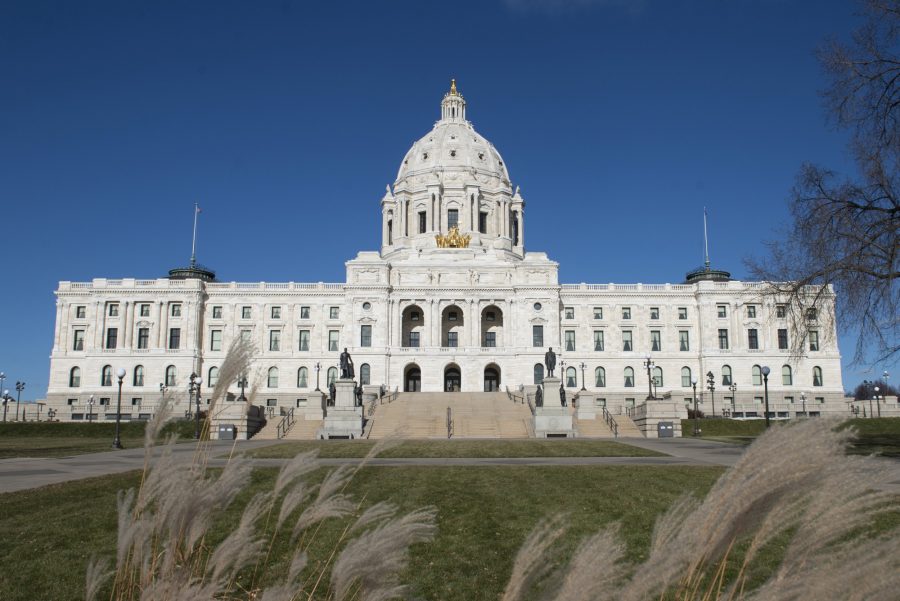Governor Tim Walz signed Minnesota’s omnibus higher education bill into law on June 26, establishing the University of Minnesota’s budget for fiscal years 2022 and 2023.
The five University of Minnesota campuses received 40% of the total budget, totaling $692.8 million per year for 2022 and 2023.
After initially requesting $46.5 million, the University system will receive an additional $38.5 million over the next two years to address economic difficulties from the pandemic.
House Rep. Ginny Klevorn (DFL) said she believes the legislature has a duty to fully fund the needs of the University.
“Every time we come in below the asks of the University, we ourselves are putting that cost on our students, and that is something that has to shift,” Klevorn said.
Federal aid programs have largely covered the University system’s financial losses from the pandemic, except for the loss of revenue from athletics, said Myron Frans, University senior vice president for finance and operations. He estimated this created around $35 to $40 million in deficits that cannot be addressed with state funding.
Frans did not detail how state funding will be used, but said it will support long-term goals in the University’s 2025 plan. He believes that in conjunction with the increase in tuition for next year, the University will create a more valuable experience for students.
“Our goal is to continue to have the University improve its teaching, research and service,” Frans said. “We want to be more supportive of those areas going forward, and I think this budget will do that in a pretty meaningful way.”
New financial aid programs
The Minnesota Office of Higher Education (OHE), which offers college students financial aid, received $546 million. The bill reestablished previous aid opportunities and created several new grants, scholarships and programs.
Changes include expanding the hunger-free campus grant program and establishing grants for students who are currently or formerly were under foster care. High school students that meet certain criteria will now receive automatic acceptance into Minnesota public universities.
For students going into the education field, new aid is available for student-teachers of underrepresented minority groups. Starting this year, people of color and Native Americans who are enrolled in a teacher training program can apply for the aspiring teachers of color scholarship with awards up to $10,000.
“There’s empirical research that shows that all students, especially students of color, have better outcomes when they are exposed to more diverse teachers,” legislative analyst Nathan Hopkins said.
All grants and scholarships offered through the OHE will have application requirements posted on the OHE website. Students will be eligible to apply to aid opportunities that fit their individual characteristics or educational path.













